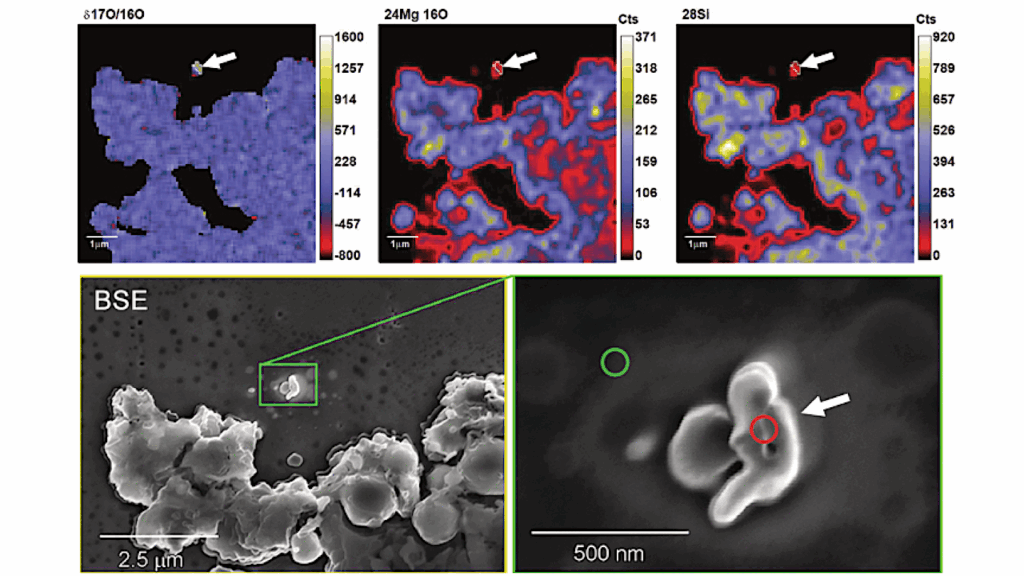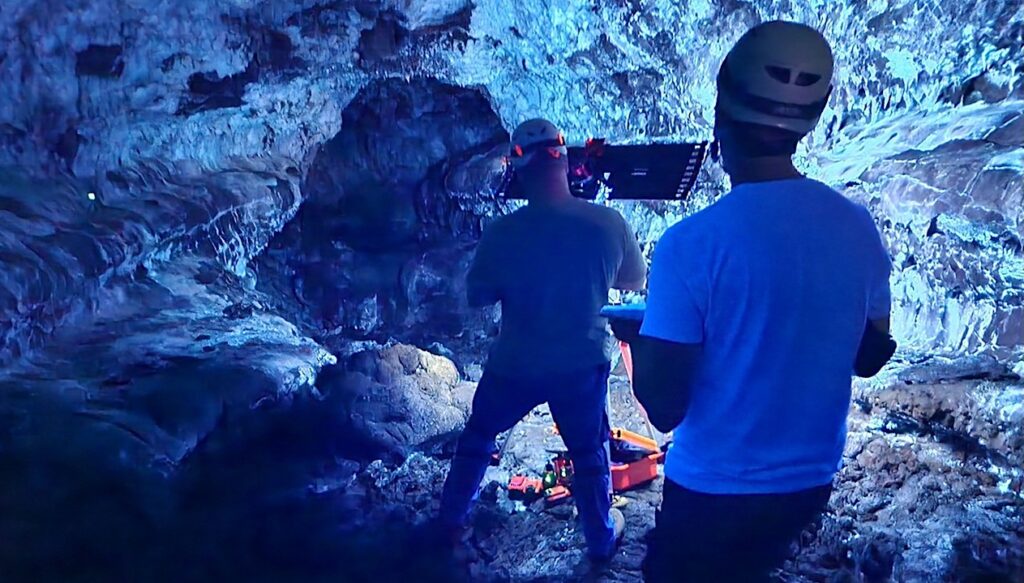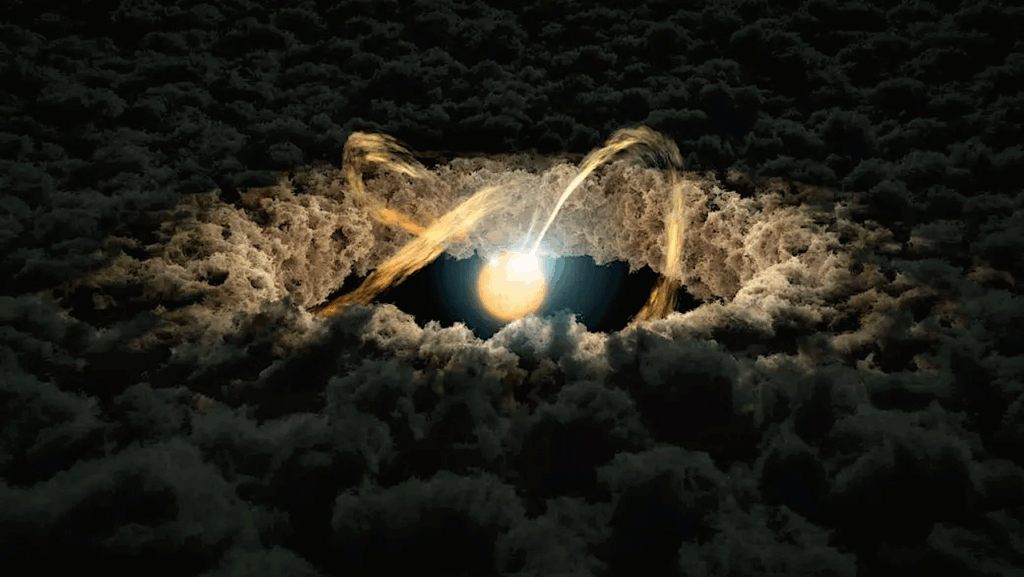Thin Ice Lithospheres and High Heat Flows on Europa From Large Impact Structure Ring-graben

Craters are probes of planetary surface and interior properties. Here we measure depths, widths, and spacing of circumferential ring-graben surrounding the two largest multiring impact structures on Europa, Tyre and Callanish.
We estimate formation conditions including the ice shell structure. The radial extension necessary to form these graben is thought to be caused by asthenospheric drag of warmer, more ductile ice and/or water flowing toward the excavated center of the crater, under a brittle-elastic lithospheric lid. Measurements of graben depths from stereo-photoclinometric digital elevation models result in estimates of displacement, strain, and stress experienced by the ice shell.
Graben widths are used to estimate the intersection depth of the bounding normal faults, a quantity related to the brittle-ductile transition depth that approximates elastic shell thickness during crater collapse. Heat flows at the time of crater formation as well as ice lithosphere and total shell thickness are thus also constrained. Average widths and depths tend to decrease with increasing distance from the structure center, while inter-graben spacing generally increases.
Varied assumptions yield plausible total conductive ice shell thickness estimates between 4-8 and 2.5-5 km for Tyre and Callanish, respectively, and heat flows of ~70-115 (+/-30) mW m^-2 for realistic thermal conductivities, consistent with other geophysical estimates for Europa. Higher heat flows are consistent with thin (<10 km), conductive ice shells and impact breaching, or penetration of the stagnant lid for a convecting ice shell. Callanish, geologically younger, formed in a time or region of greater heat flow than Tyre.
Kelsi N. Singer, William B. McKinnon, Paul M. Schenk
Comments: 50 pages, 18 figures, 2 tables, published in JGR-Planets
Subjects: Earth and Planetary Astrophysics (astro-ph.EP)
Cite as: arXiv:2401.10380 [astro-ph.EP] (or arXiv:2401.10380v1 [astro-ph.EP] for this version)
Journal reference: Journal of Geophysical Research-Planets (2023), 128, e2023JE007928
Related DOI:
https://doi.org/10.1029/2023JE007928
Focus to learn more
Submission history
From: Kelsi Singer
[v1] Thu, 18 Jan 2024 21:05:31 UTC (6,783 KB)
https://arxiv.org/abs/2401.10380
Astrobiology








